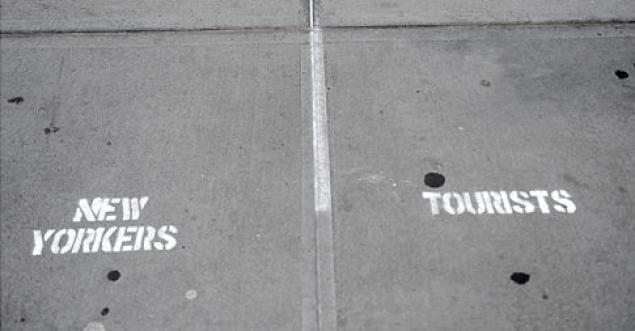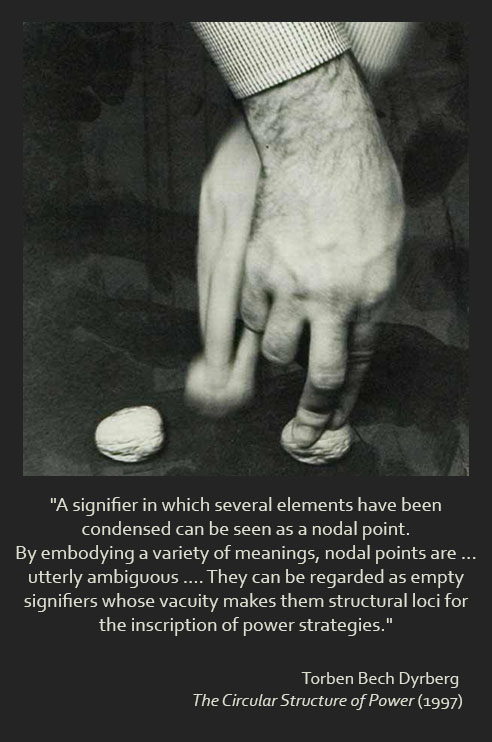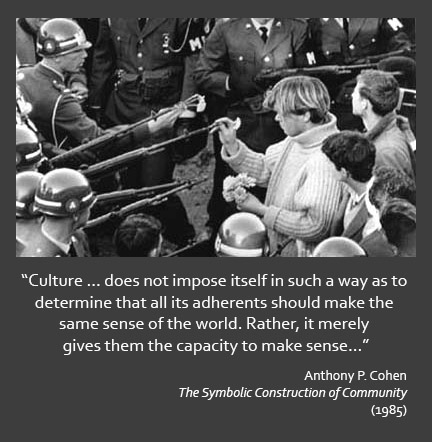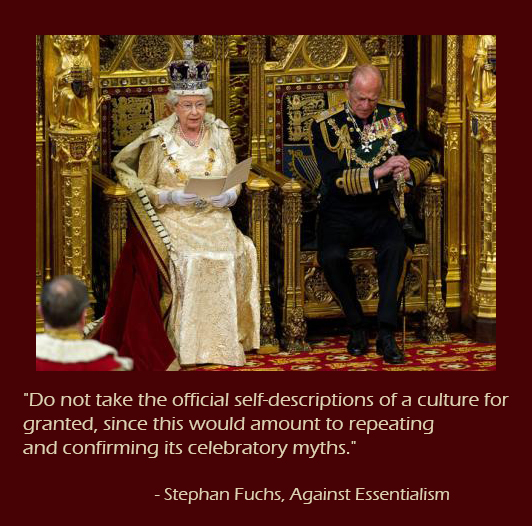
George Washington’s Sacred Fire—in which Peter A. Lillback argues that “founding father” George Washington was a Christian and not a deist—garnered a great deal of media attention when first published in 2006. On amazon.com the book currently enjoys 165 user reviews, from readers asserting that the book is “awesome” and “indispencible” [sic] to readers asserting that the book is “illegitimate,” “junk,” and “propaganda.” Why does it matter if George Washington was a deist or a Christian? What’s at stake in the application of one of these two labels onto a figure long dead? Continue reading “The Politics of Choice”






 Read
Read  For
For  Read
Read  Read
Read